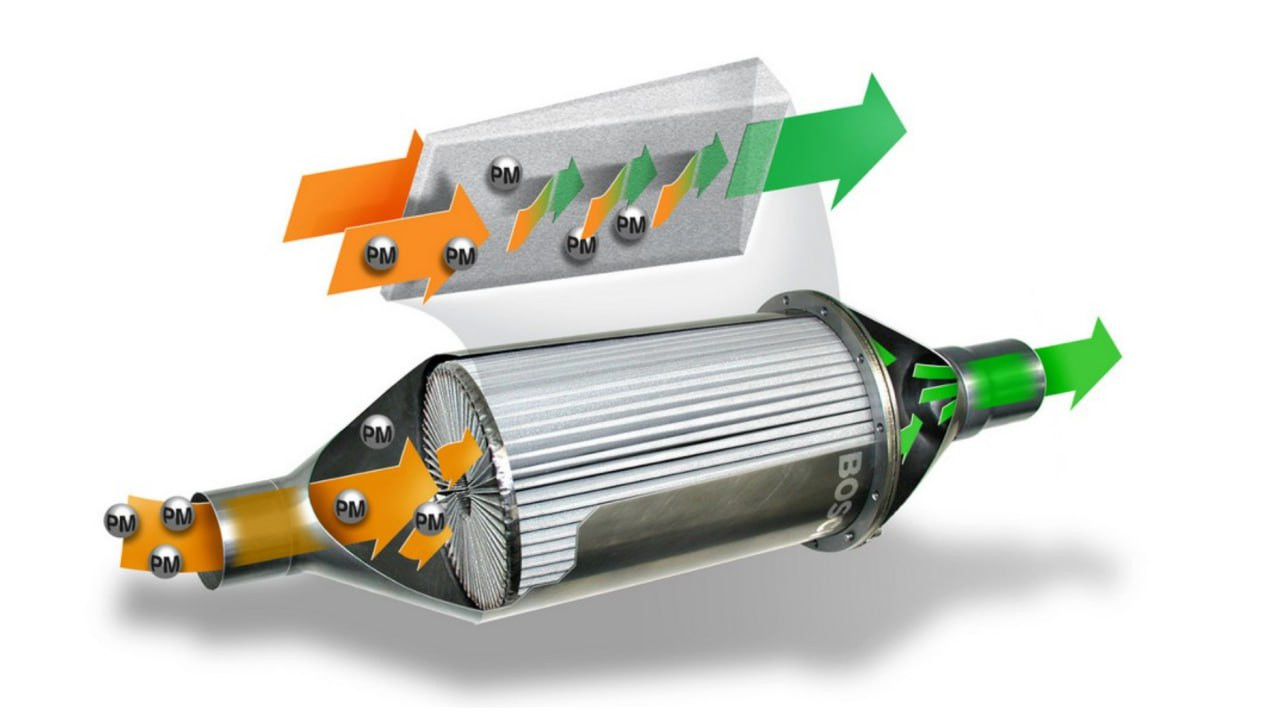Промивання сажового фільтра Citroen C4 Picasso
CITROEN C4 Picasso

Modern cars are becoming not only more technologically advanced, but also more environmentally friendly. At times, they seem to be defeating the laws of physics. For example, people used to think that it was impossible to deal with the black smoke from a diesel car's exhaust, because soot formation is inherent in the diesel's design. But everything changed with the advent of the particulate filter. The only pity is that it not only cleans the exhaust gases, but also complicates the life of drivers. But we at STS.Parts are here to help.
Power and rev problems due to a clogged DPF
The owner of a Citroen C4 Picasso came to us with a complaint of poor engine performance. The car literally could hardly drive: the engine did not rise above 2000 rpm, did not develop the necessary power. Fuel consumption increased significantly. Correlating the symptoms with the mileage – 150 000 km – we assumed that the problem lies in the clogged particulate filter of the car. Especially since this version was confirmed by the messages on the on-board computer display.
Let's tell you a little bit about this device. The diesel particulate filter is a relatively recent addition to cars, having become mandatory in 2006 with the introduction of the EURO 4 standards. DPF (diesel particulate filter) is installed only on diesel cars, in petrol engines soot is practically not formed. Despite the fact that the soot filter looks similar to the usual catalytic converter, it does not replace it, but fulfils its own functions. The catalyst is often integrated into the DPF.
In contrast to the catalyser, which constantly fights harmful impurities in the gases, the DPF acts cyclically. First it accumulates soot and then, when conditions are favourable, it cleans itself. But usually the temperature in the exhaust system of a diesel car is too low to burn the soot. This requires either a special fluid or a temperature increase. The regeneration process is usually triggered by the engine control unit, receiving data from sensors.
Unfortunately, there are often problems with triggering self-cleaning under real-world conditions. The soot-burning process is quite lengthy (from 15 minutes), so it's best carried out when travelling on the motorway. But if a car like our Citroen C4 Picasso is constantly driven in the city, its filter only accumulates soot without being able to burn it off, and eventually clogs up and stops letting the exhaust gases through altogether.
If the DPF fails, the car owner has three options: replace it with a new one, remove it, and wash it. The first is very expensive, with a new filter costing up to several thousand dollars. The second is fraught with numerous problems, most notably the lowering of the car's ecological class. That leaves washing, but there are nuances here as well.
How to wash DPF
The most common way to wash diesel particulate filters is with the help of chemistry. The particulate filter is placed for half a day in a special liquid that corrodes and removes the soot. There is even a method when DPF does not need to be dismantled from the exhaust system, and the solution can be poured inside with the help of an aerosol can by unscrewing the sensor at the inlet. The solution is dubious both in terms of ecology and safety (the spent solution is discharged into the sewer and is harmful to the environment, and you can get poisoned when carrying out the work), and in terms of efficiency, as there is no way to check the flow capacity either before or after flushing.
Luckily, there are other, more efficient, informative and safer methods of particulate filter flushing. For example, the MS900 – a unique piece of equipment that uses only pure water and compressed air to wash the DPF. This stand not only washes, but also dries filters in automatic mode, with minimal involvement of the operator. But most importantly, it is equipped with an inbuilt filter diagnostic system. The results can be displayed and, if desired, printed on a printer.
STS.Parts are pleased to announce to our customers that we have purchased, installed and already tried out this particulate filter cleaning equipment. In fact, this Citroen was the first car to be reconditioned with the MS900.
Dismantling the particulate filter, we diagnosed it. It should be noted that on this auto the filter is easy to remove, it just unscrews, but we often have to cut and re-weld the unit back into the system after flushing. The initial check showed that its resistance – 224 mBar. That's a lot, a reading above 200 indicates the need for flushing.
A lot.
We put the filter on the stand and ran a full cycle. After the wash, which lasts less than an hour, which is another plus over a chemical wash for which a single work shift is not enough, we checked the filter's throughput again. The display showed 178 mBar. The difference is significant, 46 points. A filter is considered to have been washed properly if the resistance has decreased by more than 30 mBar. So, now the filter can be installed on the car. It will now operate normally and consume a normal amount of fuel.
Conclusions
.
The clogging of the particulate filter is not only caused by operating the car in city mode and, as a consequence, a long absence of regeneration. Often this is only the visible part of the problem, it is aggravated by other faults: injector overflow, turbine or EGR valve failure. If you have any problems, you should not wait until the car stops working properly, but contact us at STS.Parts immediately for expert help.



